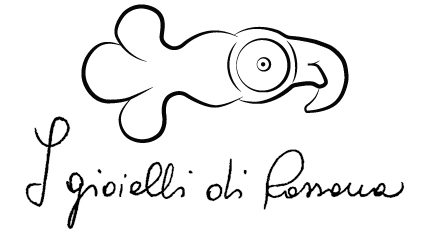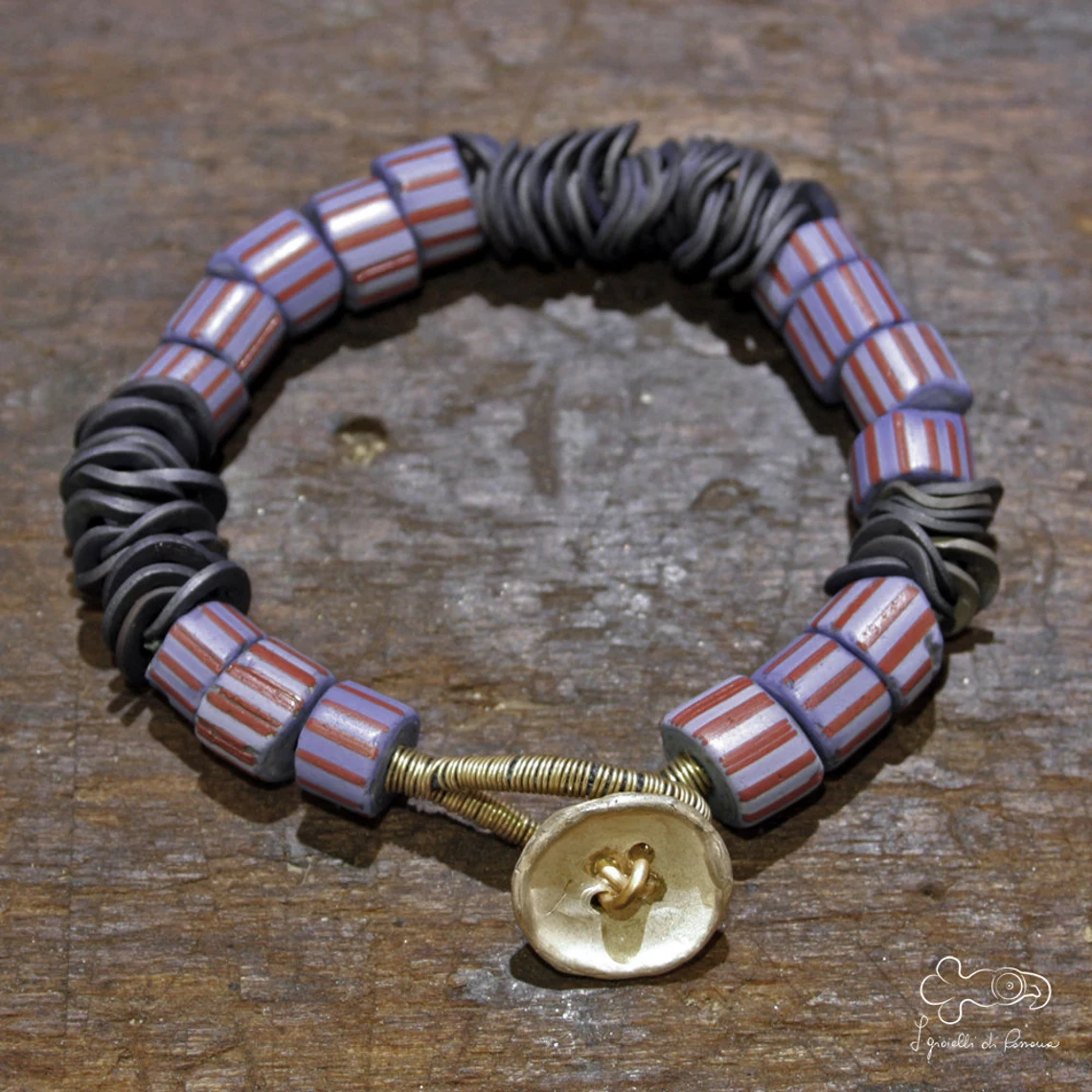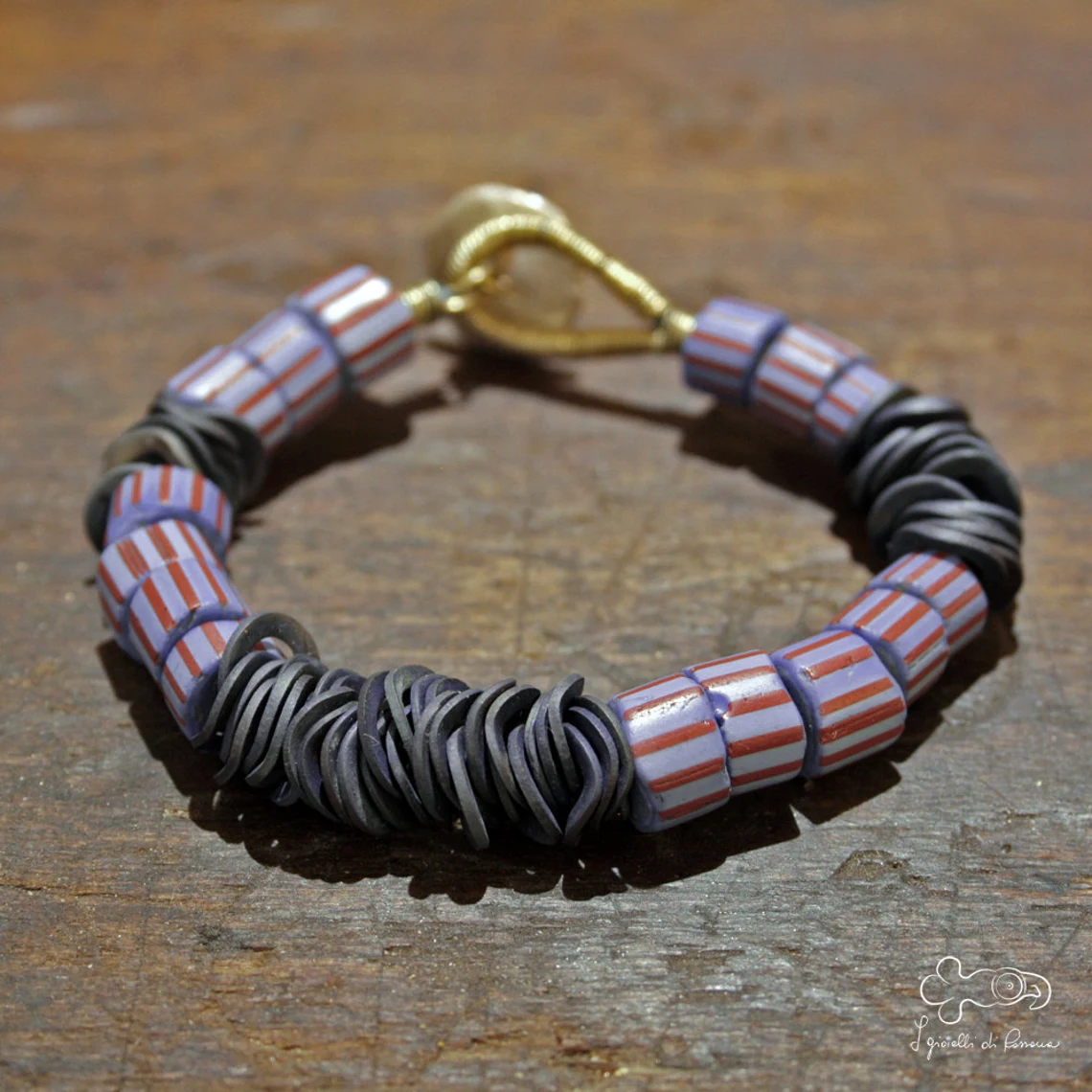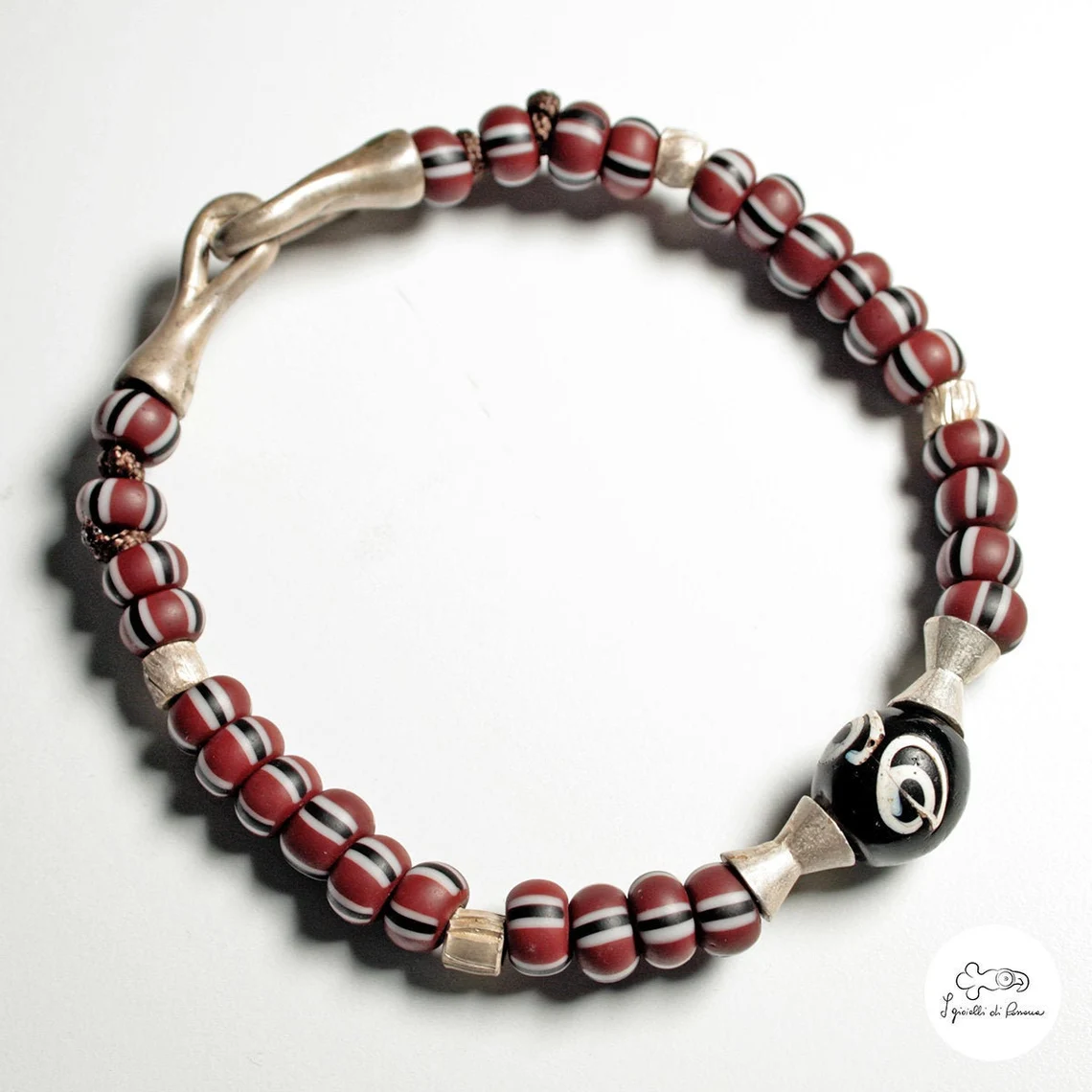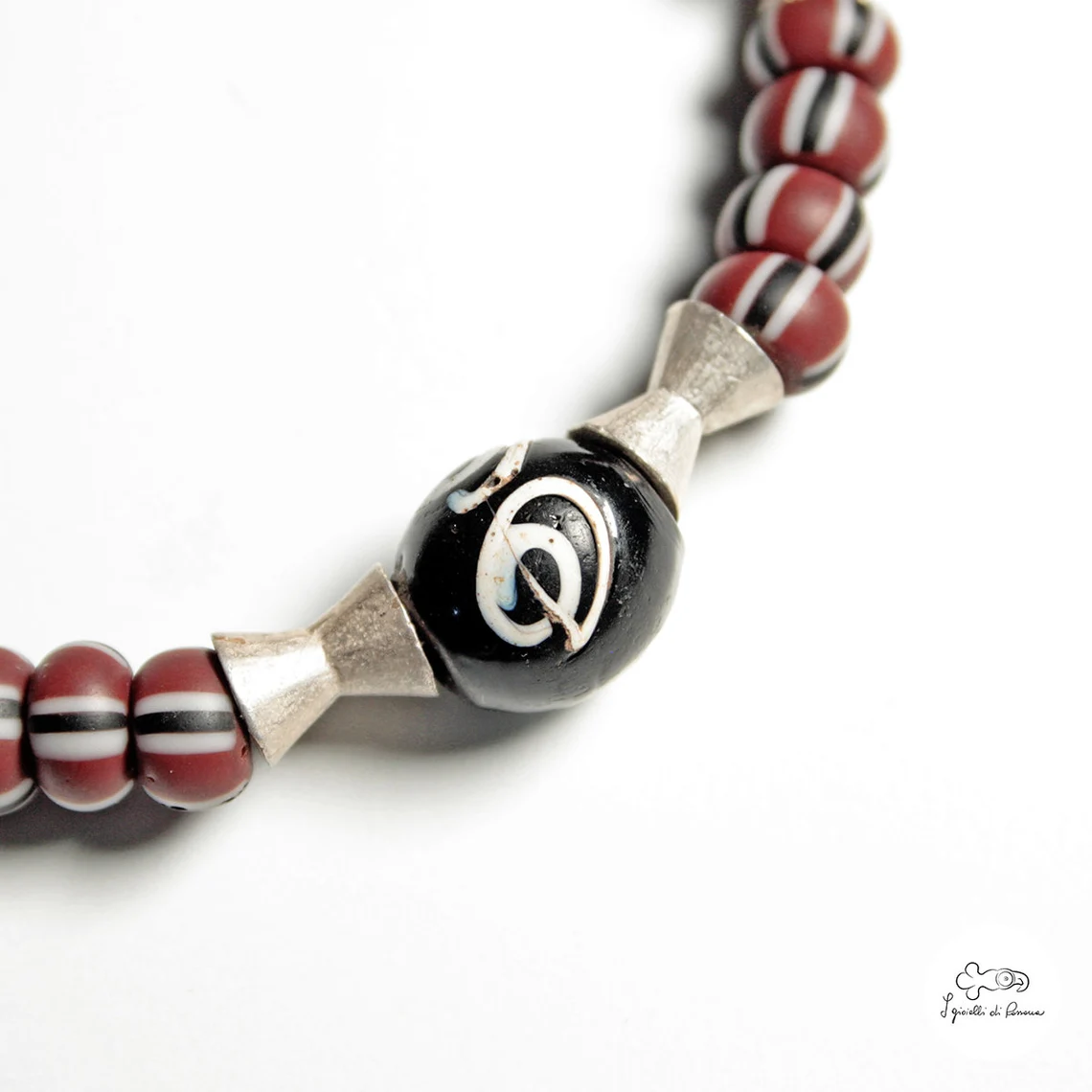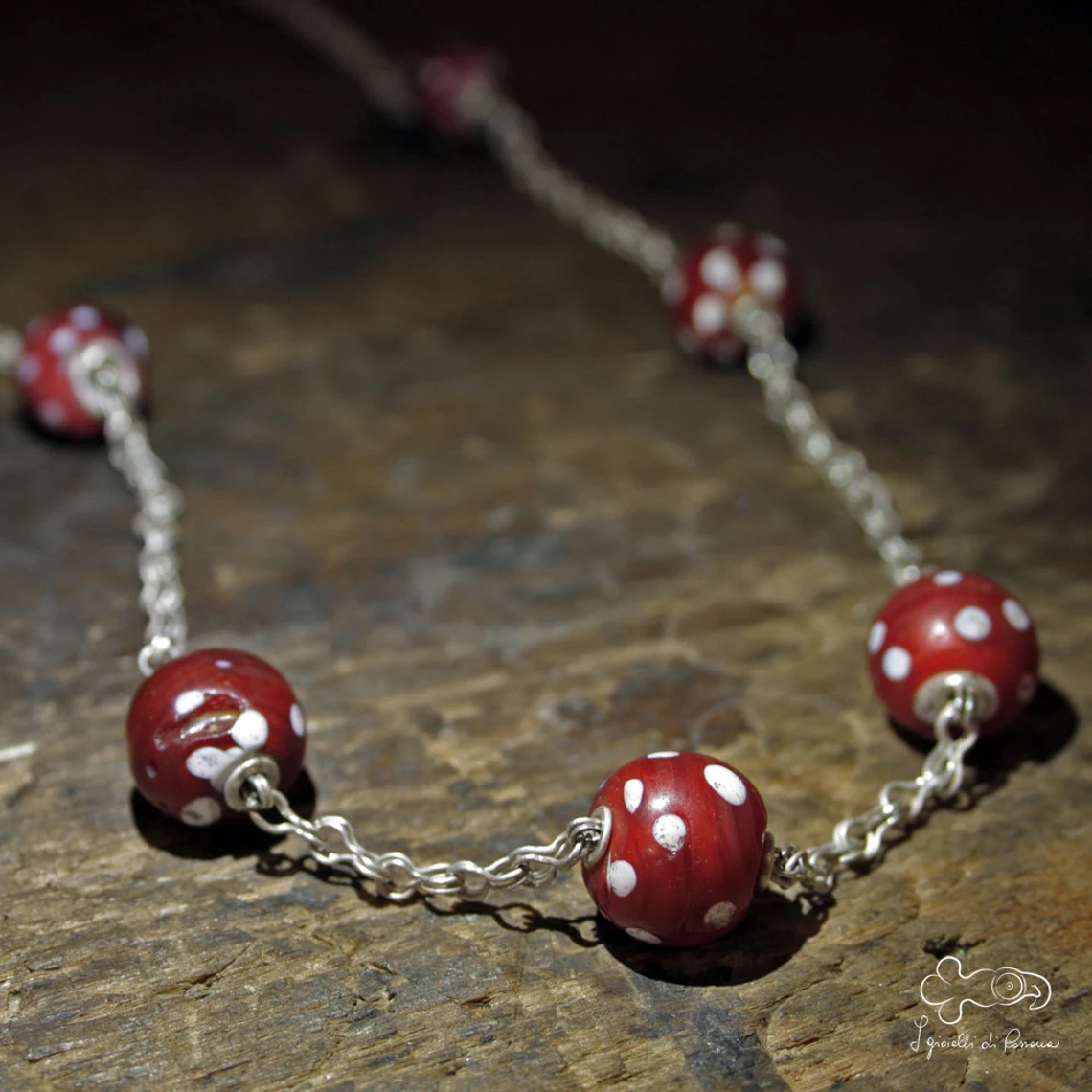Trade Beads
Trade beads, sometimes known also as slave beads, have been used from XVI to XX century as a currency for goods, services and slaves by European explorers and traders across African continent and the Americas. Although they were created throughout Europe, Venice dominated the production thanks to its great tradition in glass processing (material that was mainly used for trade beads creation). Millefiori trade beads (commonly known also as African trade beads) in fact had a huge spread in Africa thanks to the decorative technique whereby they were created which provided the creation of flowers and strips by glass rods, then cutted and shaped up to form a solid colour core.
The success they had as a currency was due to the great value that African and Native American populations attributed to these objects and to the glass “pearls” with which they were composed, giving each “pearl” a certain value depending by their size, weight and decorative technique. The value attribuited to them was not only purely economic, but could also be of a spiritual kind, decorative or propitiatory.
